Facial recognition is a method that uses software to determine the similarity between two facial images to evaluate claims. The technology has a variety of uses, from users logging into their phones to searching for a specific person in a photo database. Typically, facial recognition terminals are set up at the entrance of a building and used to clock employees in and out.
TOUCHTHINK demonstrates some of the common problems with facial recognition technology.
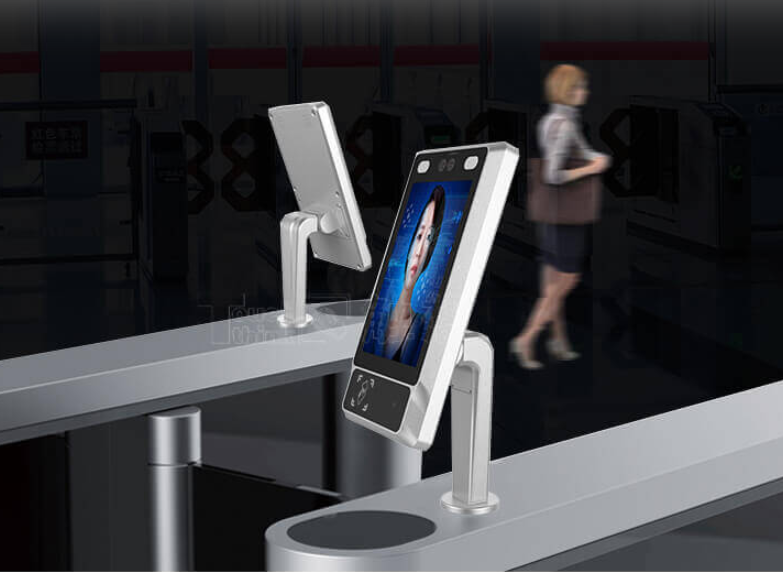
Facial profiling is the practice of using software to classify individual faces based on their gender, age, emotion, or other characteristics. Facial classification is different from facial recognition, which aims to compare two different faces. In popular reports, facial features are often confused with facial recognition, but they are actually different technologies. Many claims about the dangers of facial recognition are actually talking about features.
Facial recognition uses computer-generated filters to convert facial images into digital representations that can be compared to determine their similarity. These filters are usually generated by using deep "learning", which uses artificial neural networks to process the data.
Facial recognition is rapidly improving, but while algorithms can achieve very high performance in controlled environments, many systems have lower performance when deployed in the real world. However, summarizing the accuracy of facial recognition systems is difficult because there is no single metric that provides a complete picture of performance.
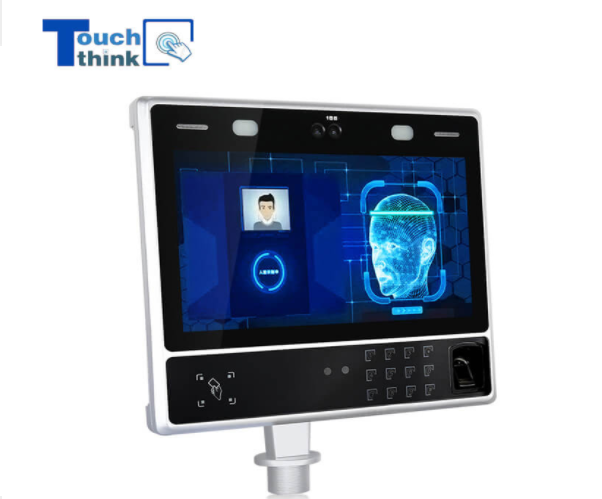
The similarity score provides feedback to the operator about how similar the algorithm thinks the two images are. Known as the "prosecutor's fallacy", these scores can be misinterpreted and are often seen as providing more authoritative information than they actually are.
Facial recognition systems face a trade-off between low false alarm rates and low false alarm rates. Comparison thresholds are a way to adjust the system's sensitivity to both types of errors using similarity scores calculated by facial recognition algorithms. The threshold is adjusted to consider the tradeoff between accuracy and risk when returning the results to the human adjudicator.
Demographic differences in facial recognition accuracy are well documented, but there is evidence that this can be addressed if sufficient attention is paid to improving the training process of the algorithm and the quality of the captured images.
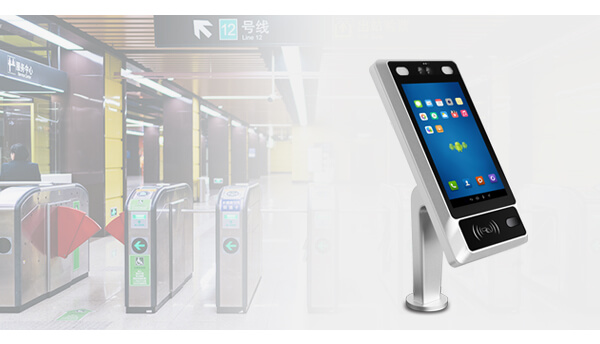
Facial recognition is a multifaceted tool that can be applied to a range of different problems. Facial recognition is used to help human decision making rather than replace it. Human oversight helps reduce the risk of errors. Operators need to understand how system performance is affected by deployment conditions in order to take the right safeguards to manage the trade-off between accuracy and risk. A better understanding of the issues covered in this report will help ensure that the technology can be safely deployed, allowing us to reap its benefits while managing the risks.
Please contact TOUCHTHINK to buy the industrial tablets you want.
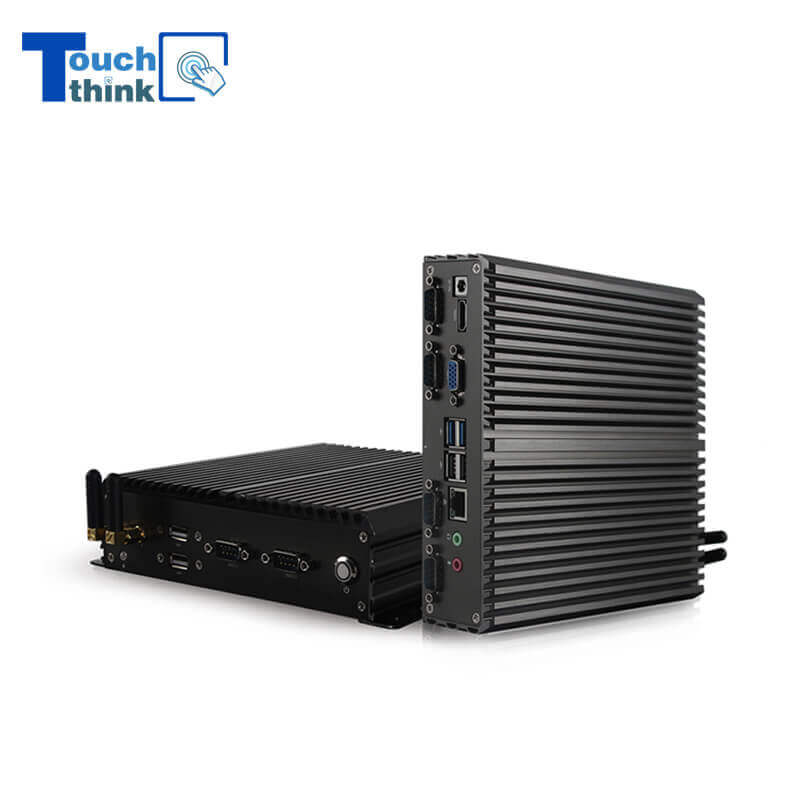
Industrial Mini PC Fanless i3 i5 i7 Industrial Box PC VIEW MORE
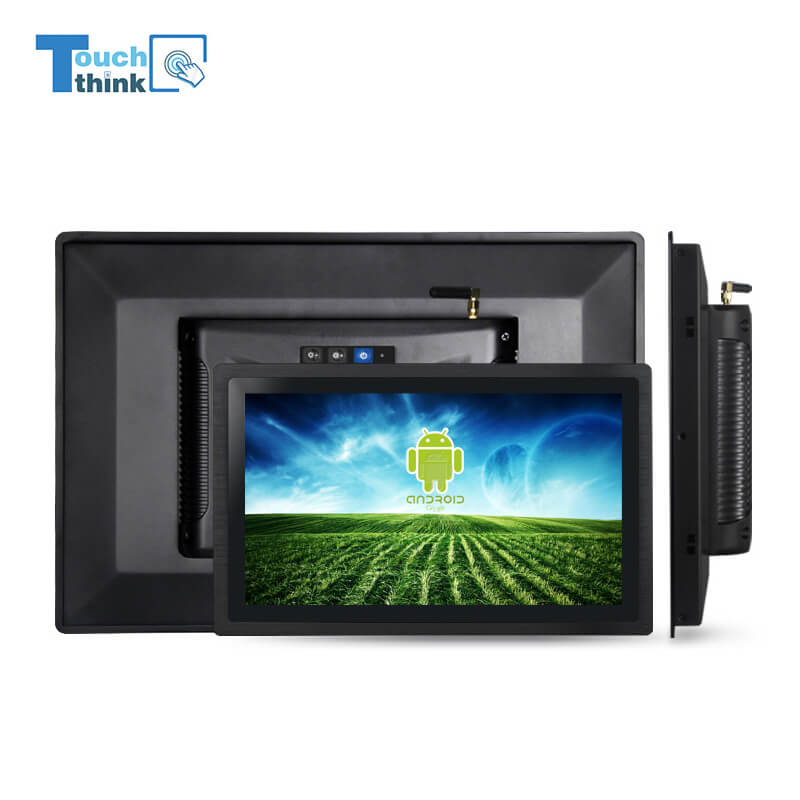
Android 13.0 Industrial Panel PC 21.5 Inch with 4G LTE WiFi Octa-Core For Meeting Room Smart Education VIEW MORE
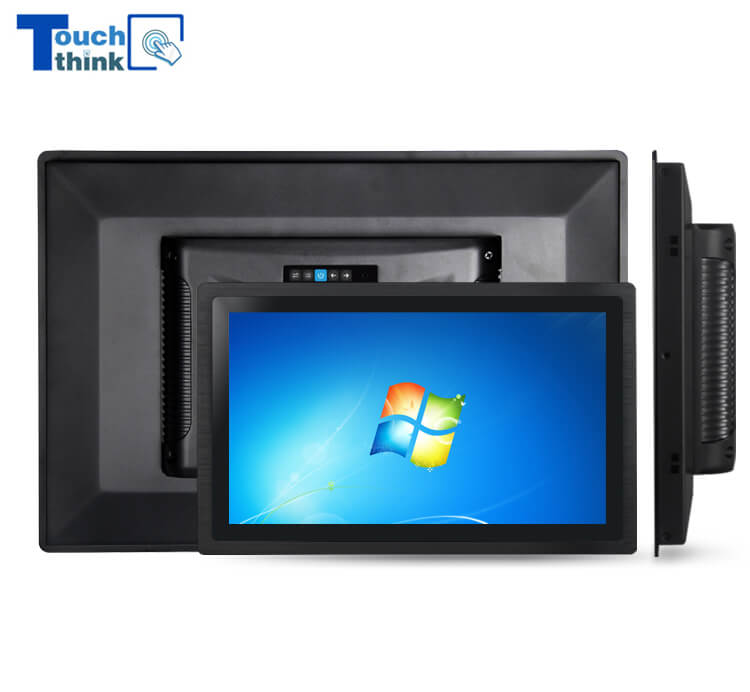
Sunlight Readable Industrial Monitor with Optional Display Size 10.1 inch VIEW MORE
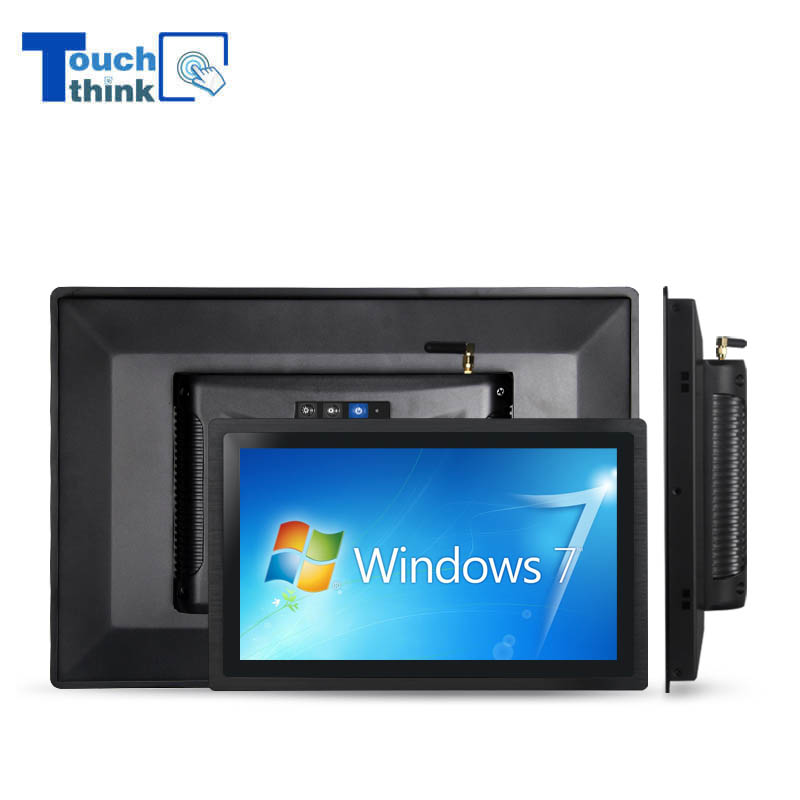
11.6 inch Windows Industrial All in One Panel PC With Touch Screen VIEW MORE
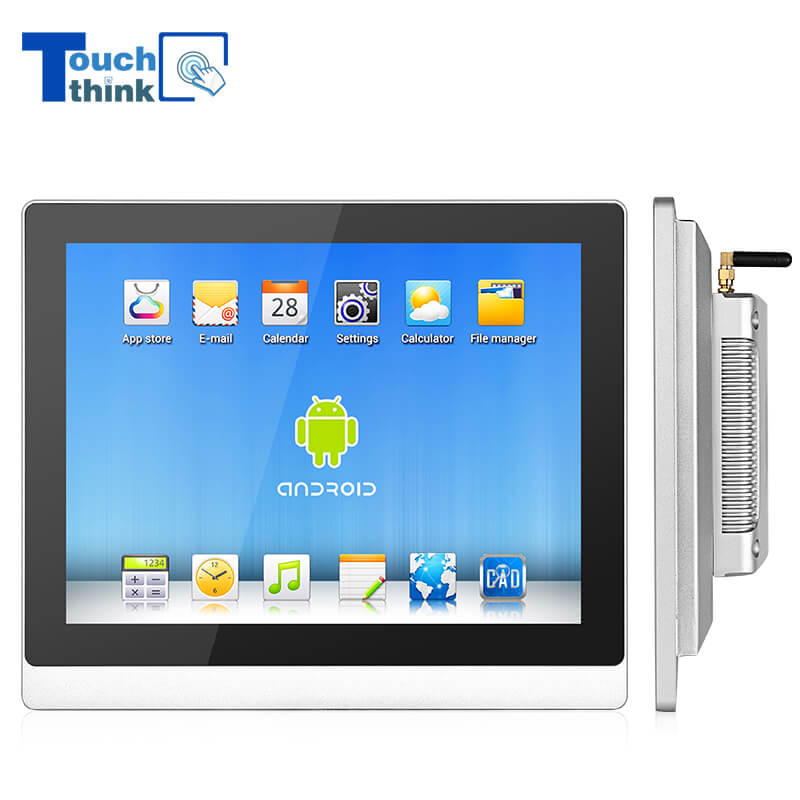
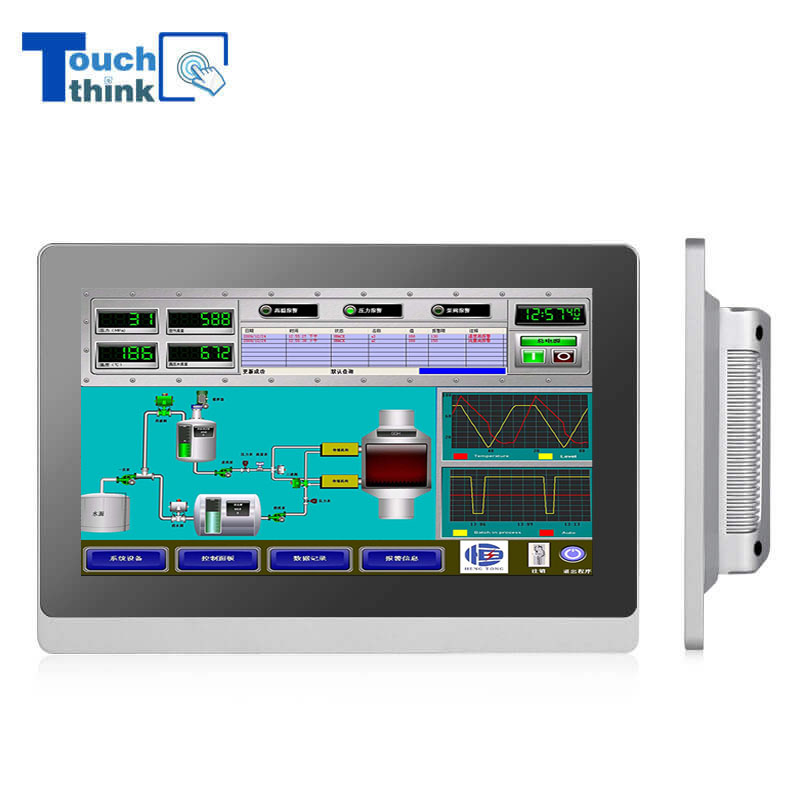
True Flat Capacitive Touch Screen Industrial LCD Monitor IP65 21.5 inch VIEW MORE
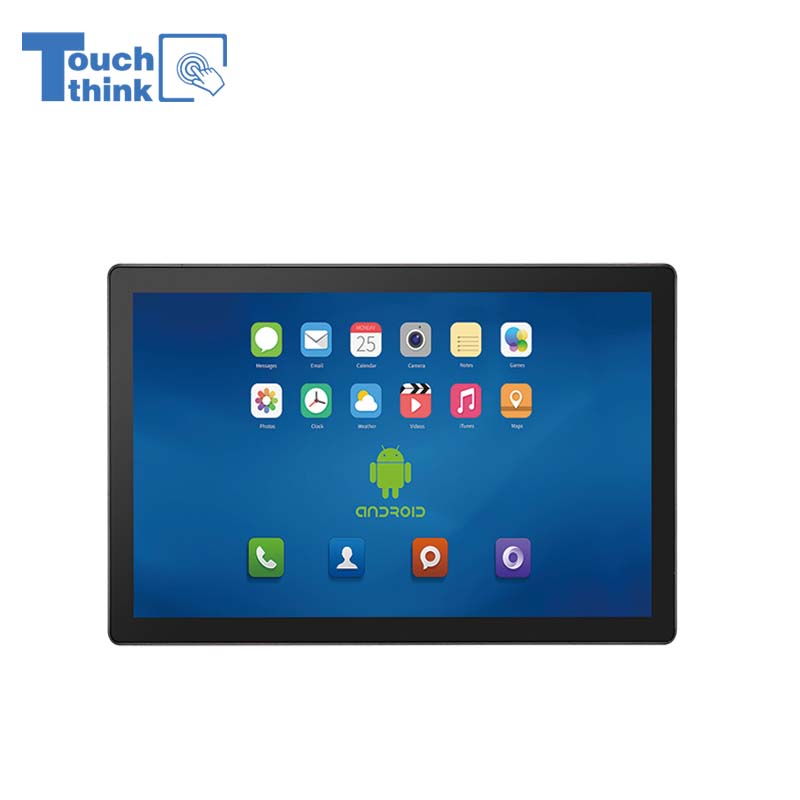
All Weather Android Tablet PC for Public Service Terminals 15.6" VIEW MORE
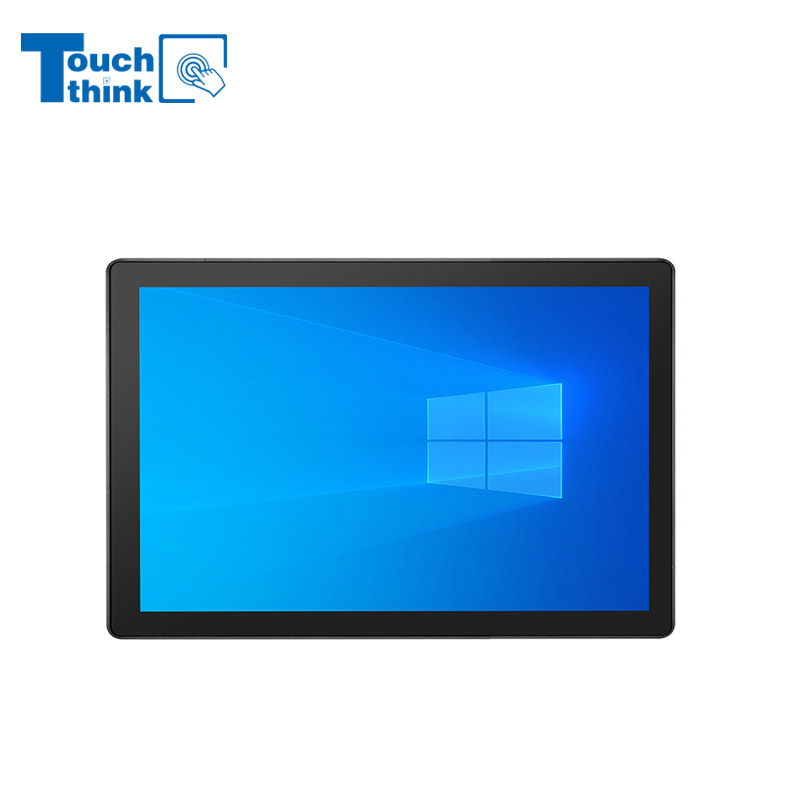
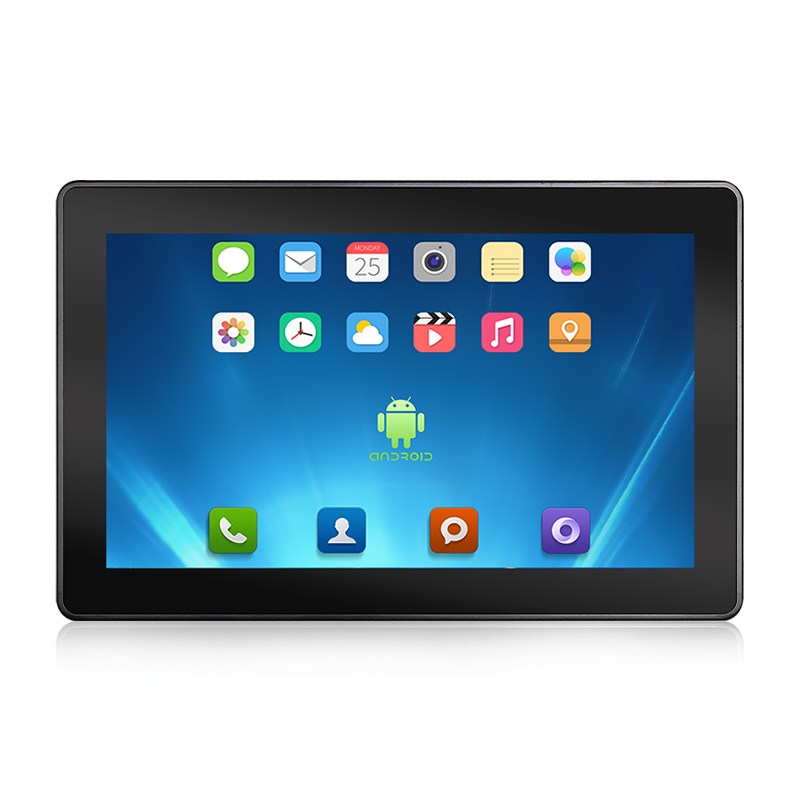
Industrial Android Tablet PC PoE Dual LAN Ethernet Android 12.0 / 7.1 / 9.0 / 10.0 VIEW MORE
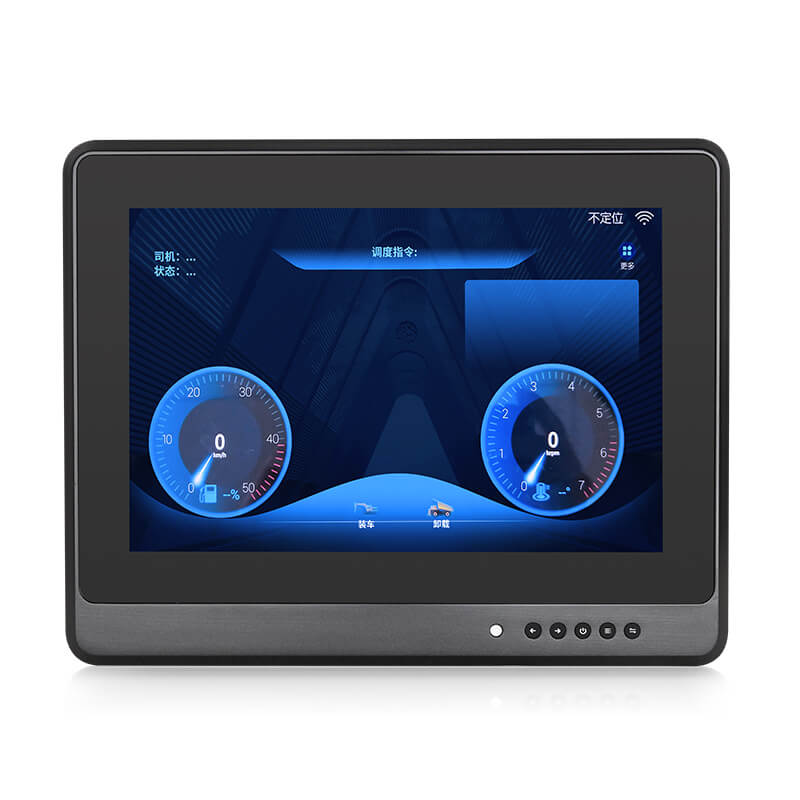
10.1" Vehicle Mount LCD Monitors Vehicle Touch Displays Car Crane Monitor VIEW MORE
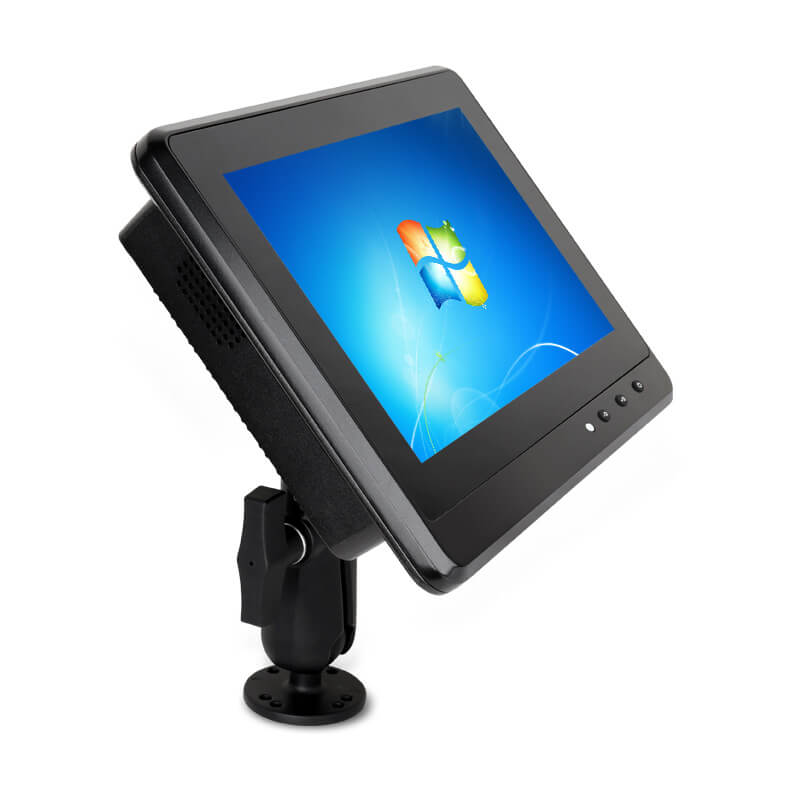
Transportation Panel PC Windows Vehicle Mounted Touch Computers VIEW MORE
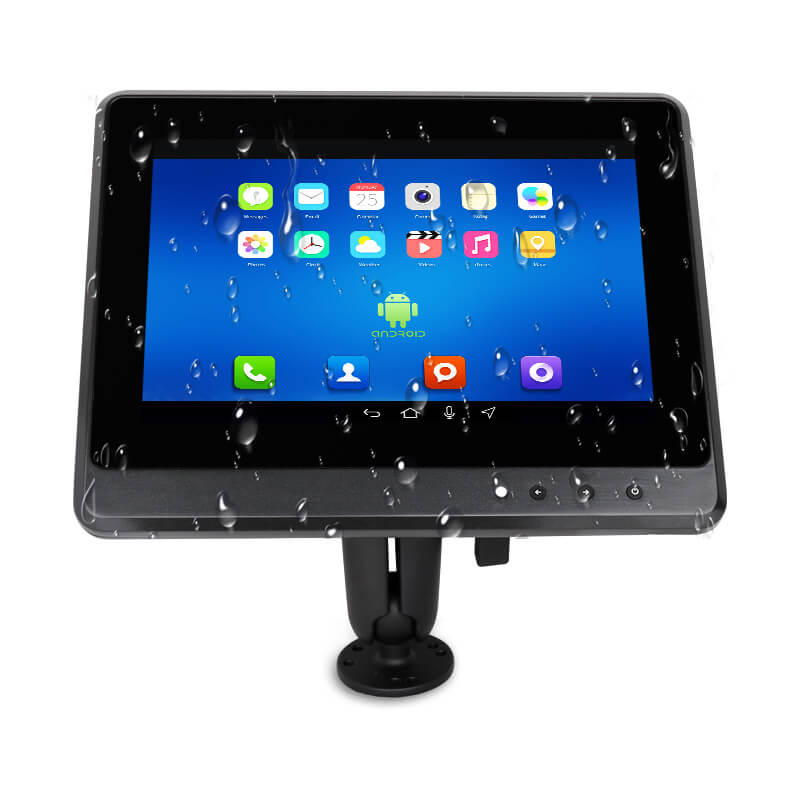
Android In-Vehicle Industrial Panel PC Vehicle AGV Computer VIEW MORE
Copyright © Shenzhen Touch Think Intelligence Co.,Ltd. All Rights Reserved Update cookies preferences